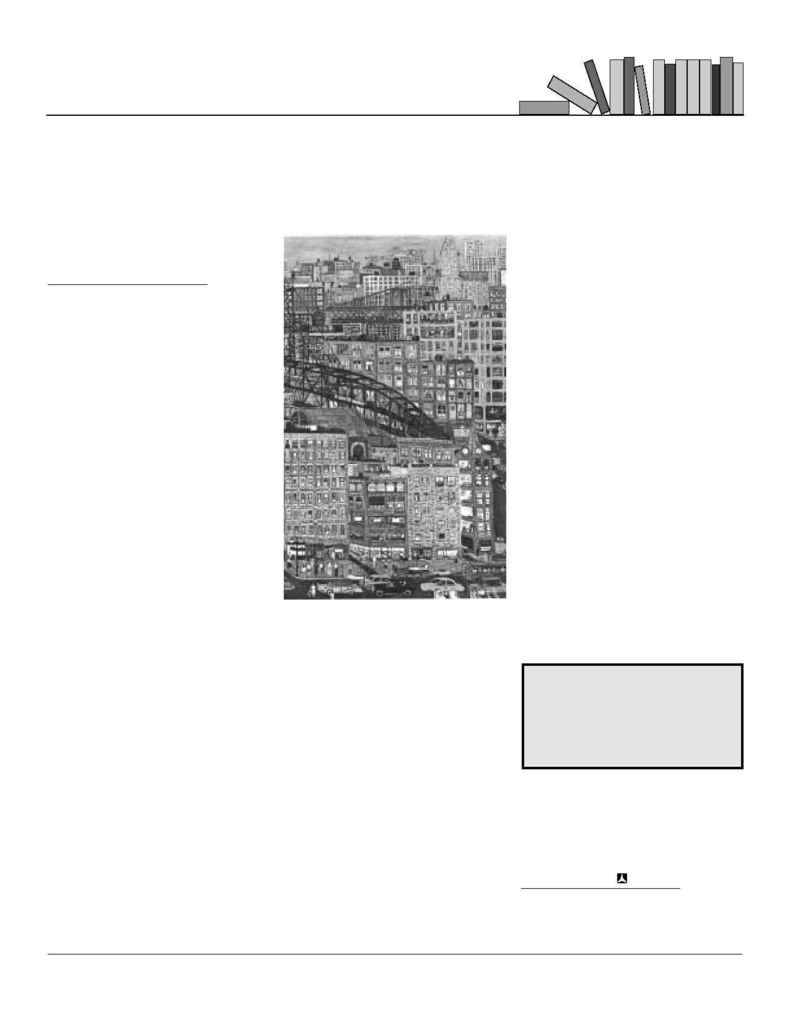
18 THE VOLUNTEER, December 2001
Book Reviews
Ralph Fasanella's America. By Paul S.
D'Ambrosio. Cooperstown, N.Y.:
Fenimore Art Museum, $39.95.
By Peter Carroll
Ralph Fasanella, one-time truck
driver in the Regiment de Tren during
the Spanish Civil War, was surely the
most colorful of the Lincoln Brigade
vets. A self-educated working-class
artist, he was renowned among friends
for his earthy, unvarnished perspective
about society and politics and celebrat-
ed among art critics for the beautiful,
richly colored paintings that expressed
his views. He was an authentic charac-
ter with a powerful artistic vision and
made a niche for himself by staying
true to his principles.
We should be grateful to Paul S.
D'Ambrosio, chief curator of the New
York State Historical Association, for
organizing a splendid exhibition of
Fasanella's work, currently on display
at the Fenimore Art Museum in
Cooperstown and scheduled for open-
ings at the New York Historical
Society on Central Park West in April
2001 and in Orlando, Florida, the fol-
lowing August. This lavishly
illustrated, well-researched volume
accompanies the show.
When Fasanella began painting in
1945 at the age of 31, he had abundant
experiences on the Left as a union
organizer and political radical. From
the start, he painted what he knew
best: street scenes of his various neigh-
borhoods in New York City and
autobiographical reminiscences of
working-class life.
D'Ambrosio takes pains to avoid
sentimentalizing Fasanella's art; these
are not works of nostalgia. Rather, he
says, the big, hugely colorful canvases
enabled the painter to express "his
commitment to the working class, his
strong feelings of loss over the neglect
or dissolution of vital working-class
communities, his anger over injustice
committed against progressive forces
in the United States, and his hope for a
better society." In sum, he defines
Fasanella's body of work as "one of
the most compelling artistic critiques
of postwar America."
Fasanella's mural-sized May Day
(1948), for example, depicts the
vibrant heritage of labor activism,
looking backward to the great social
protest movements of the 1930s, and
simultaneously presents the artist's
vision of a future where workers enjoy
the fruits of their labor. Painted at a
time when the labor movement was
under attack by business leaders and
anti-communist witch hunters, Garden
Party (1954) contrasts the cocktail party
world of corporate America with
anguished and futile protests against
the execution of Ethel and Julius
Rosenberg. By the 1960s, such themes
dominated Fasanella's output.
As he gained greater recognition
in the 1970s, the artist embarked on an
ambitious series of detailed historical
paintings that chronicle the famous
Lawrence, Massachusetts, "Bread and
Roses" textile strike of 1912. The work
absorbed Fasanella's attention for
years, culminating in a dozen major
works of art. The theme of unions and
strikes, together with working class
recreation, appeared in many subse-
quent paintings. Today, several of
these works have prominent places in
public museums and historic sites.
These include the Great Hall at Ellis
Island, which displays Fasanella's
1972 classic interpretation of immi-
grant life, Family Supper.
Ralph Fasanella's America is on
display at the Fenimore Art Museum
in Cooperstown until December 30,
then travels to the New York
Historical Society (April 1-July 15,
2002) and the Mennello Museum of
American Folk Art in Orlando, Florida
(August 15-November 20, 2002).
ALBA will organize a tour of the New
York exhibition.
Peter Carroll wrote "Ralph Fasanella
Limns the Story of the Workingman" in
Smithsonian magazine, August 1993.
The Radical Art
of Ralph Fasanella
To order this book, go to the
ALBA book store at
www.alba-valb.org
